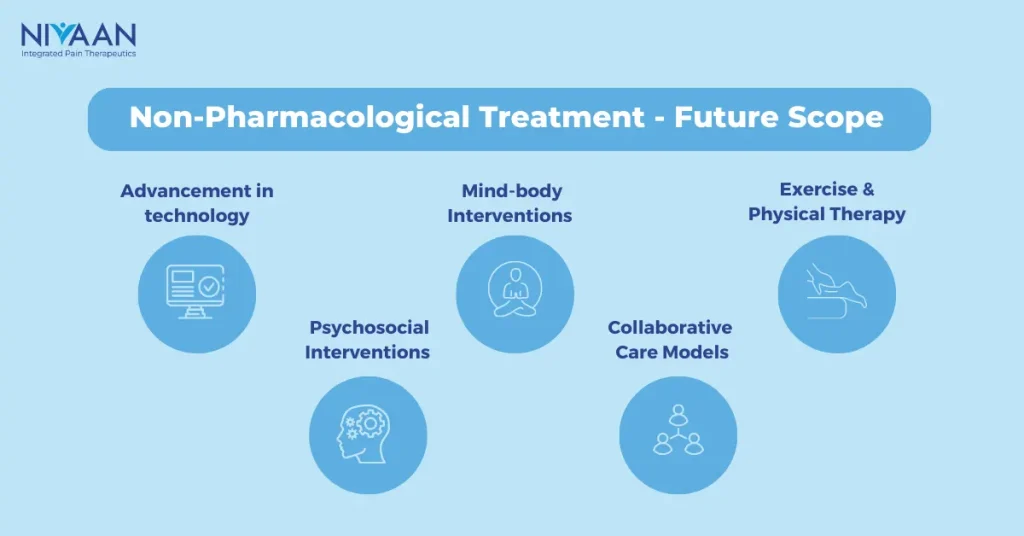For many individuals living with chronic pain, relying solely on medication may not provide sufficient relief or may come with unwanted side effects.
Fortunately, there are a variety of non-pharmacological pain management techniques that can offer effective alternatives or complements to traditional medication-based approaches.
In this article, we’ll delve into the realm of non-pharmacological pain management and explore various techniques that can help individuals find relief and improve their quality of life.
1. Physical Therapy
Physical therapy is a cornerstone of non-pharmacological pain management, focusing on improving mobility, strength, and function while reducing pain.
A skilled physical therapist can design a personalized exercise program tailored to the individual’s specific needs and goals.
This may include stretching exercises, strength training, aquatic therapy, and manual techniques such as massage and joint mobilization.
Physical therapy not only helps alleviate pain but also improves overall physical well-being and reduces the risk of future injuries.
2. Cognitive-Behavioral Therapy (CBT)
Cognitive-behavioral therapy (CBT) is a form of psychotherapy that focuses on changing negative thought patterns and behaviors to manage pain more effectively.
By teaching individuals coping skills, relaxation techniques, and stress management strategies, CBT can help reduce pain intensity and improve quality of life.
CBT can also address underlying psychological factors such as depression, anxiety, and trauma that may contribute to chronic pain.
3. Mindfulness Meditation
Mindfulness meditation involves paying attention to the present moment without judgment, allowing individuals to cultivate awareness and acceptance of their pain.
By practicing mindfulness techniques such as deep breathing, body scanning, and guided imagery, individuals can reduce pain perception and enhance their ability to cope with discomfort.
Mindfulness meditation has been shown to be effective in reducing pain intensity, improving mood, and enhancing overall well-being.
4. Acupuncture
Acupuncture is an ancient Chinese healing art that involves inserting thin needles into specific points on the body to promote balance and alleviate pain.
It is believed to stimulate the body’s natural healing mechanisms, releasing endorphins and other neurochemicals that reduce pain and inflammation.
Acupuncture has been shown to be effective in treating a variety of chronic pain conditions, including back pain, arthritis, migraines, and fibromyalgia.
5. Biofeedback
Biofeedback is a technique that uses electronic sensors to measure physiological responses such as muscle tension, heart rate, and skin temperature, allowing individuals to gain awareness and control over their bodily functions.
By learning to manipulate these physiological responses through relaxation techniques, individuals can reduce pain and stress levels.
Biofeedback has been shown to be effective in treating chronic pain conditions such as tension headaches, temporomandibular joint (TMJ) disorder, and chronic low back pain.
6. Heat and Cold Therapy
Heat and cold therapy are simple yet effective non-pharmacological interventions for managing pain and inflammation. Applying heat, such as a warm compress or heating pad, can help relax muscles, increase blood flow, and alleviate stiffness and soreness.
Conversely, applying cold, such as an ice pack or cold gel pack, can numb the area, reduce inflammation, and alleviate pain. Heat and cold therapy can be used alone or in combination to provide relief from a variety of acute and chronic pain conditions.
Conclusion
Non-pharmacological pain management techniques offer safe, effective, and often empowering alternatives to traditional medication-based approaches.
Whether through physical therapy, cognitive-behavioral therapy, mindfulness meditation, acupuncture, biofeedback, or heat and cold therapy, there are many strategies available to help individuals manage their pain and improve their quality of life.
By exploring these non-pharmacological interventions in conjunction with conventional medical treatments, individuals can find relief from chronic pain and reclaim control over their health and well-being.

Leave feedback about this